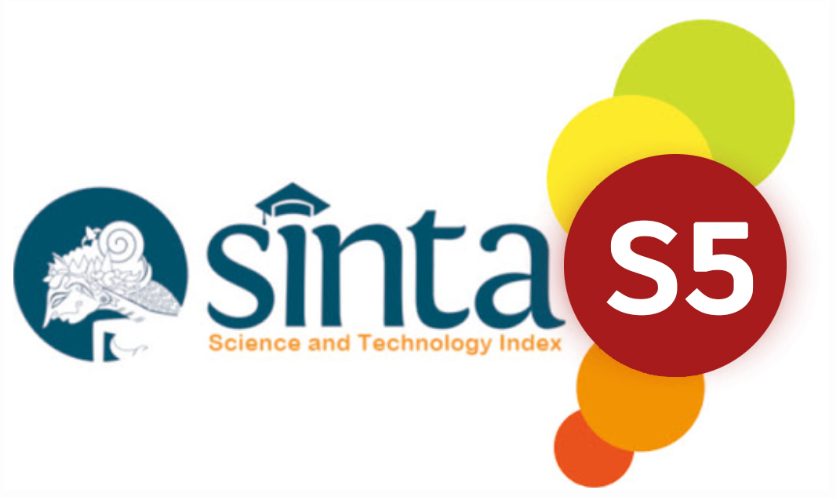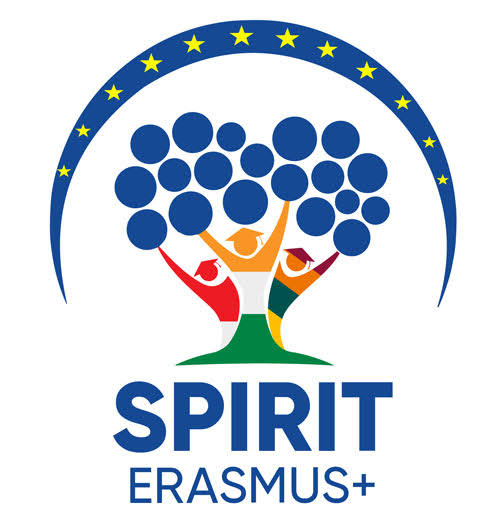IDENTIFICATION OF CANDIDA SPECIES ON THE SKIN OF DIABETES MELLITUS PATIENTS
DOI:
https://doi.org/10.32734/sumej.v1i01.76Keywords:
candida species, intertriginosa candidiasis, diabetes melitus, DMAbstract
Background: Intertriginous candidiasis is a type of candidiasis which the lesion lies in the folds of the armpit, groin, intergluteal, folding of the breast, between the fingers or the toes, glans penis, and the umbilicus. One of the risk factors for intertriginous candidiasis is diabetes mellitus (DM). DM is a typical clinical syndrome characterized by the presence of hyperglycemia which is caused by deficiency or the decrease of insulin effectivity. Fungal infection of the skin with Candida species becomes easier in patients with immunocompromised conditions such as DM patients.
Objective: To identify the Candida species in DM patient's skin.
Method: This research is an observational descriptive study with cross sectional design. This research identifies Candida species from 30 DM patients at The Public Health Center Sentosa Baru
Medan who met the inclusion and exclusion criteria by skin scraping with KOH 10% and slide culture.
RESULTS: The location of the rash was found in the crotch folds 63.3% and in the intergluteal 36.7%. All samples (100%) showed positive fungus structure with KOH 10% examination. On the
examination of slide culture with Saboraoud Dextrose Agar media and identification of slide colony with Corn Meal Agar medium as many as 60% Candida spesies was found with overall
species are Candida albicans.
Conclusions: The identification of Candida Species on the skin of DM patients showed as many as 60% Candida albicans was found
Downloads
Downloads
Published
How to Cite
Issue
Section
License
The Authors submitting a manuscript do so on the understanding that if accepted for publication, copyright of the article shall be assigned to Sumatera Medical Journal (SUMEJ) and Faculty of Medicine as well as TALENTA Publisher Universitas Sumatera Utara as publisher of the journal.
Copyright encompasses exclusive rights to reproduce and deliver the article in all form and media. The reproduction of any part of this journal, its storage in databases and its transmission by any form or media, will be allowed only with a written permission from Sumatera Medical Journal (SUMEJ).
The Copyright Transfer Form can be downloaded here.
The copyright form should be signed originally and sent to the Editorial Office in the form of original mail or scanned document.











